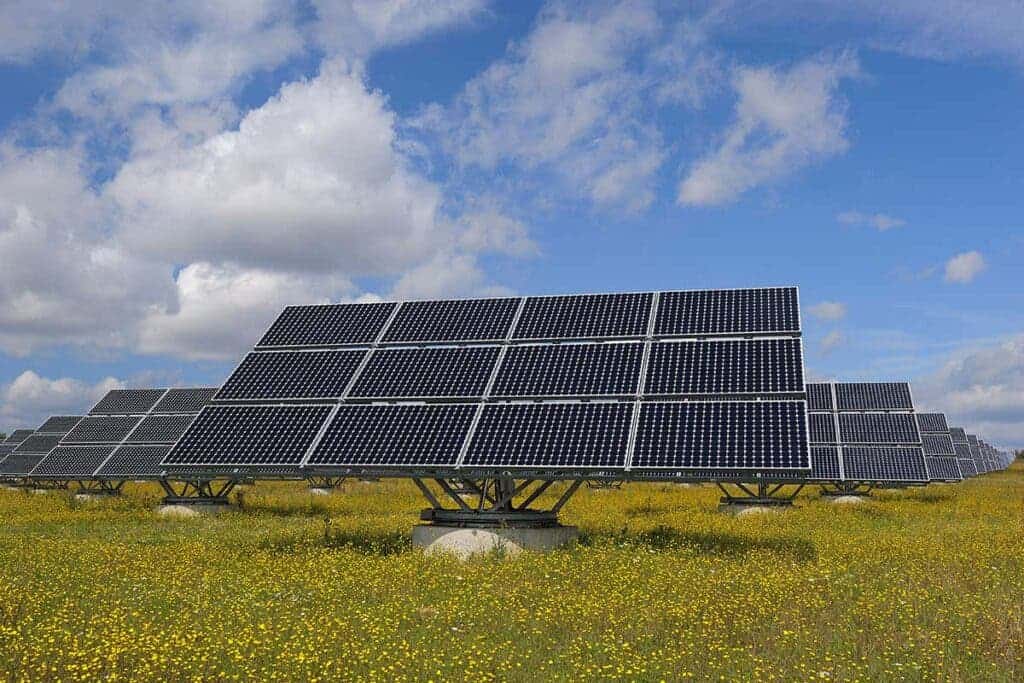New double-sided solar panels that can follow the sun’s position could produce 35% more energy and reduce the cost of electricity by 16%, according to a new study, which looked at a new approach for solar energy. Nevertheless, making the switch to the new panels will likely be tricky for the industry.

Solar photovoltaic (PV) systems are a major contributor to global electricity generation with more than 600 gigawatts of accumulated installed capacity as of 2019. In many regions of the world, PV electricity is now cheaper than electricity from conventional sources like coal, making PV the most commonly installed new energy generation source.
Most solar panels installed around the world only collect the sunlight from the front and are fixed in one position, without the ability to adapt to where the sun is in the sky. But new technological developments could bring a major change for solar panels around the world
Researchers from the Solar Energy Research Institute from Singapore (SERIS) explored the use and potential benefits of bifacial solar panels that can collect light from the front and rear, which also have single or dual-axis tracking systems that adjust the panel orientation to follow the sun’s position.
In their study, the team calculated the global energy generated by a variety of combinations of different solar panel set-ups. They analyzed global weather data from NASA’s orbiting Clouds and the Earth’s Radiant Energy System instrument and then estimated the total energy generated in different set-ups – factoring in the costs involved in the materials, construction and maintenance.
Double-sided panels with single-axis tracking emerged as the clear winner in the study, the researchers finding that these are the most cost-effective in over 90% of the planet. Such solar panels provide a 35% increase in energy yield compared to single-panel models. For the other 10% of the globe, mostly around the poles, double-sided panels with double-axis tracking were more effective.
“More and more evidence points toward bifacial and tracking technology to be reliable, and we see more and more of it adopted in the field,” said lead-author Carlos Rodríguez-Gallegos in the study. “Still, transitions take time, and time will have to show whether the advantages we see are attractive enough for installers to make the switch.”
But that’s not the only issue to consider, the authors argued. Replacing the millions of solar panels that have been installed with the new ones outlined in the study could have severe consequences for the environment. Disposing solar panels usually leads to the release of toxic chemicals, as not many parts can be recycled.
Most solar panels have a 25-year lifespan, which means companies and governments haven’t had to address the problem of their disposal yet. Nevertheless, as most countries start choosing renewables over fossil fuels and as new solar panels enter the market, this could potentially grow to become a problem.
The study was published in the journal Joule.


